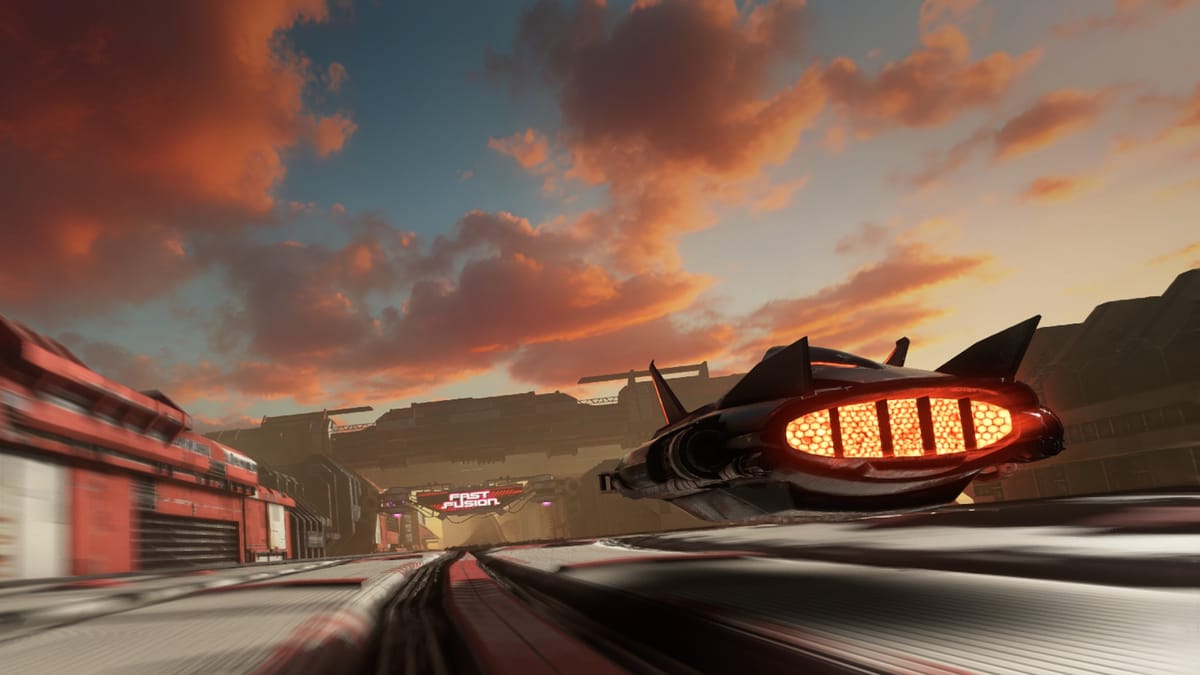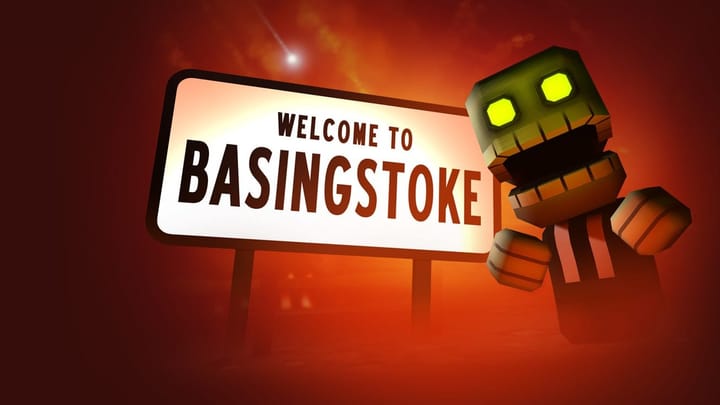A Brief History of Shin'en's FAST Racing Series
Speeding through the generations.

Shin'en Multimedia isn't a name you might know off the bat, but the studio has a long history in gaming.
My introduction was through Nanostray on the DS, but arguably, the studio's enduring legacy comes from FAST. Often compared to F-Zero and WipEout, these futuristic racing games use a phase shift mechanic where you swap colour to get a boost off coloured pads on the tracks. All while balancing this with collectible orbs across each map you can use for a further speed boost.
Though the core gameplay hasn't drastically changed since its initial debut, these racing games continue to impress. Fast-paced action with a great sense of speed, solid controls and impressive visuals have ensured FAST remains a highlight across the last four generations of Nintendo hardware. That's especially true with Fast Fusion recently launching on Switch 2.
As such, I wanted to look back with a rundown of each entry. Here's a brief history of the Fast racing series.
FAST Racing League - Wii
FAST Racing League is where this all began back in 2011, and it's sadly a game you can no longer legally obtain following the Wii Shop Channel's closure in 2019. Exclusive to WiiWare, FAST Racing League established the phase shift and racing formula for the next decade to come, and it's frankly a technical marvel this game even exists on the underpowered Wii.
Shin'en's always pushed hardware to the limits, something The Touryst proved as the first natively rendered 8K game on PS5. For me, this was best exemplified on WiiWare when every developer was restricted to a 40MB limit; that's not a typo. To deliver a game with three tracks, four different environments, local multiplayer support, different stats for each vehicle and look as good as it does? Sorcery.
As someone who bought the WiiWare game back in the day, FAST Racing League is still a serviceable racer and for preservation reasons, it's an utter shame this is no longer widely available. But in 2025, there's little reason to return when its successors iterated upon it as well as they have.
FAST Racing NEO - Wii U
FAST Racing League is where Shin'en found its racing feet, but FAST Racing NEO is where the studio proved its merits on Wii U in 2015. It's the sort of evolution you'd hope for in a sequel on the following generation of hardware.
Though the core gameplay is largely similar, NEO made some smart quality-of-life changes by no longer requiring energy for colour shifts and the welcome introduction of online multiplayer. That only grew across 2016 with further updates like Vertigo, while a hefty paid DLC called the NEO Future Pack soon followed with 8 new tracks and 10 vehicles.
FAST Racing Neo didn't befall the same digital only fate as its predecessor, though copies aren't particularly abundant. A physical release with the DLC included was made available across Europe and Australia.
Fast RMX - Switch
Fast RMX was likely your introduction to the series, and it's not hard to see why. Non-retro WiiWare releases never picked up tremendous traction, while the Wii U struggled against PS4 and Xbox One. As a Nintendo Switch launch title though, the series quickly found a new audience with Fast RMX.
Like we often saw across the earlier years on Nintendo Switch, Fast RMX is an enhanced and expanded port of the Wii U entry, FAST Racing NEO. Featuring 30 different tracks at launch with six more later arriving in a free update, Fast RMX delivered a welcome upgrade and a strong technical showcase for what Nintendo's then new hardware could do despite its somewhat underpowered chipset.
While a physical version does exist, Super Rare Games only printed 4000 copies back in 2022, so you'll probably need to go digital on this one.
Fast Fusion - Switch 2
And so we come to the latest entry, Fast Fusion. Arriving as a digital only launch title, it's once again an impressive technical showcase for the Nintendo Switch 2, offering some thrilling futuristic racing on the latest hardware. While many have been understandably preoccupied with Mario Kart World, there's a very different racing game here with its own appeals.
Though it plays similarly to Fast RMX, one major change is the introduction of jumping. That opens up different routes across each circuit and adds welcome strategic considerations in doing so. Do jump into the air for a quicker lap and perhaps some extra energy orbs for the boost? Or will you fall flat into a chasm or crash into a track obstacle? Tough decisions.
Fusing vehicles is another welcome change with greater vehicle customisation, letting you adjust stats for acceleration, top speed, boost and weight. This mechanic also combines the visuals of the two vehicles you fuse in a cool automated system. Going from 36 tracks to 12 is undoubtedly disappointing, but it's hard to complain too much when the quality is this good. Fast Fusion is arguably the best entry yet, and it may continue to grow with more tracks and a new graphics mode on the way.




Comments ()